Tire care is an often overlooked aspect of vehicle maintenance, but its importance can’t be overstated. Your tires are the only point of contact between your car and the road, making them critical for safe driving. Unfortunately, many drivers unknowingly make missteps in tire care that can compromise their safety and lead to dangerous situations. From improper tire inflation to skipping routine rotations, these common errors may seem minor but can have serious consequences if left unchecked.
Taking proper care of your tires ensures a smoother driving experience and significantly reduces the risk of accidents. When well-maintained tires, they provide better traction, stability, and overall performance in various road conditions. This article will explore some of the most common mistakes drivers make when it comes to tire care and explain how these oversights can turn into serious safety hazards. With the right knowledge, you can avoid these pitfalls and keep yourself and others safe on the road.
Contents
Improper Tire Inflation
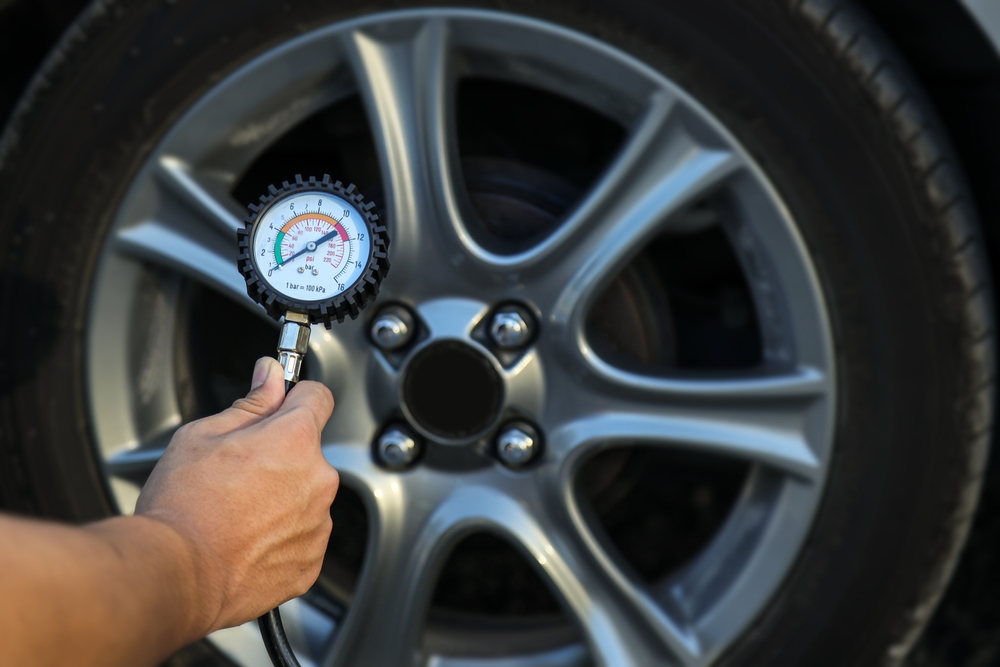
Improper tire inflation, whether too high or too low, can severely impact your vehicle’s handling and safety. Overinflated tires reduce the tire’s contact with the road, leading to less traction and an increased risk of skidding or losing control. Underinflated tires cause more of the tire to touch the road, leading to excessive wear, overheating, and potential blowouts. Both conditions decrease fuel efficiency and compromise the tire’s overall performance, making driving conditions unpredictable and dangerous.
Ignoring Tire Rotations
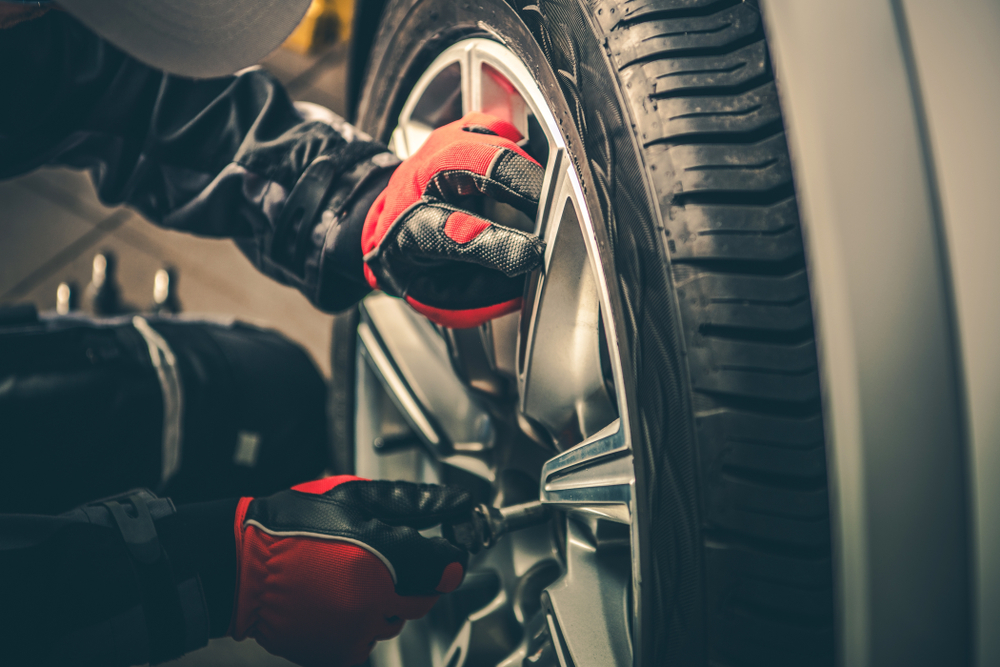
Tire rotations are essential to ensure even wear across all tires, but many drivers neglect this routine maintenance. Ignoring tire rotations leads to uneven wear patterns, where certain tires wear out faster than others, compromising traction and handling. Over time, this imbalance increases the risk of tire failure and makes it difficult to maintain control of the vehicle in emergencies, especially during sharp turns or sudden stops. Regular rotations help extend tire life and ensure your car drives safely and smoothly.
Improper Tire Storage
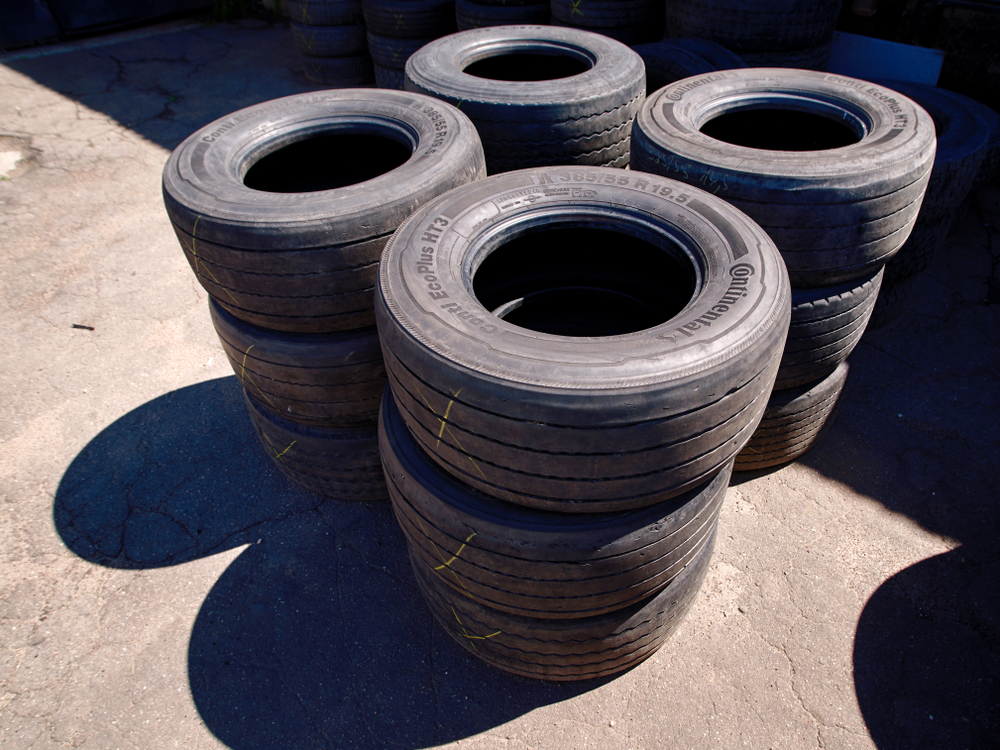
When tires are not stored properly, their integrity can degrade, making them unsafe to use. Storing tires in direct sunlight, humid environments, or on uneven surfaces can cause them to crack, dry out, or develop flat spots. Over time, this degradation weakens the tire’s structure, increasing the risk of blowouts or tread separation when driving. Ensuring tires are stored in a cool, dry place, away from direct sunlight, helps maintain their quality and longevity, reducing the likelihood of dangerous situations.
Uneven Tire Wear
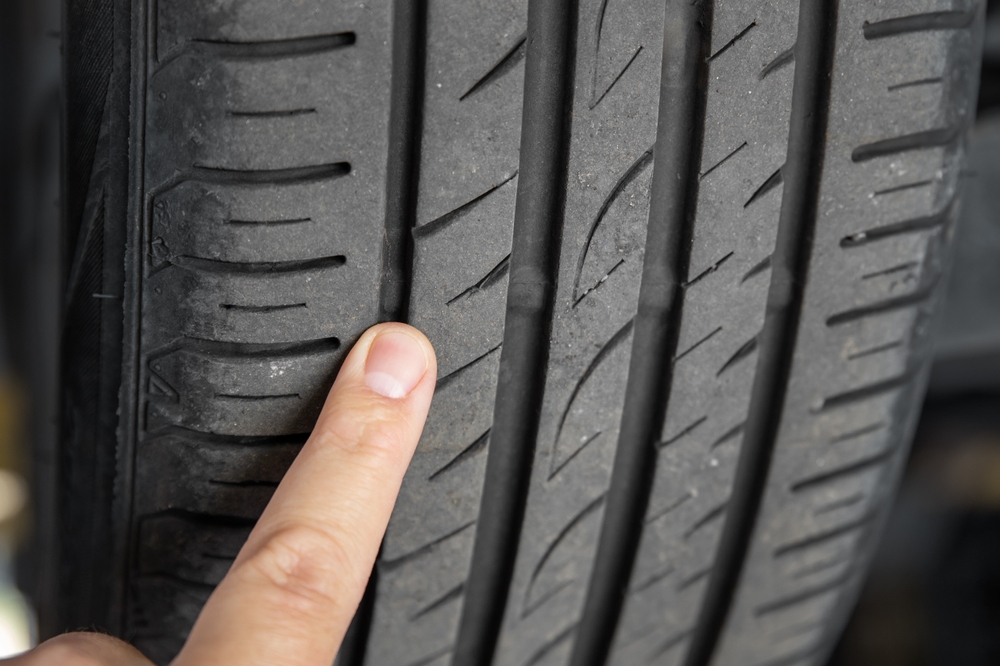
Uneven tire wear occurs when one section of the tire wears down faster than another, often due to improper alignment, suspension issues, or unbalanced tires. When tires wear unevenly, they lose their ability to grip the road evenly, leading to poor handling, especially on wet or slick surfaces. This can result in the driver losing control during braking or cornering. Monitoring and addressing uneven tire wear is crucial to ensure balanced performance and prevent potential accidents.
Overloading the Vehicle

Overloading your vehicle beyond its recommended weight capacity puts excessive stress on the tires, causing them to overheat and wear prematurely. Tires subjected to too much weight are more prone to blowouts and reduced maneuverability, particularly during emergency braking or high-speed driving. The extra pressure on the tires also compromises the vehicle’s fuel efficiency. Always adhere to the vehicle’s weight limit to prevent tire damage and maintain safe driving conditions.
Failing to Inspect for Tread Depth
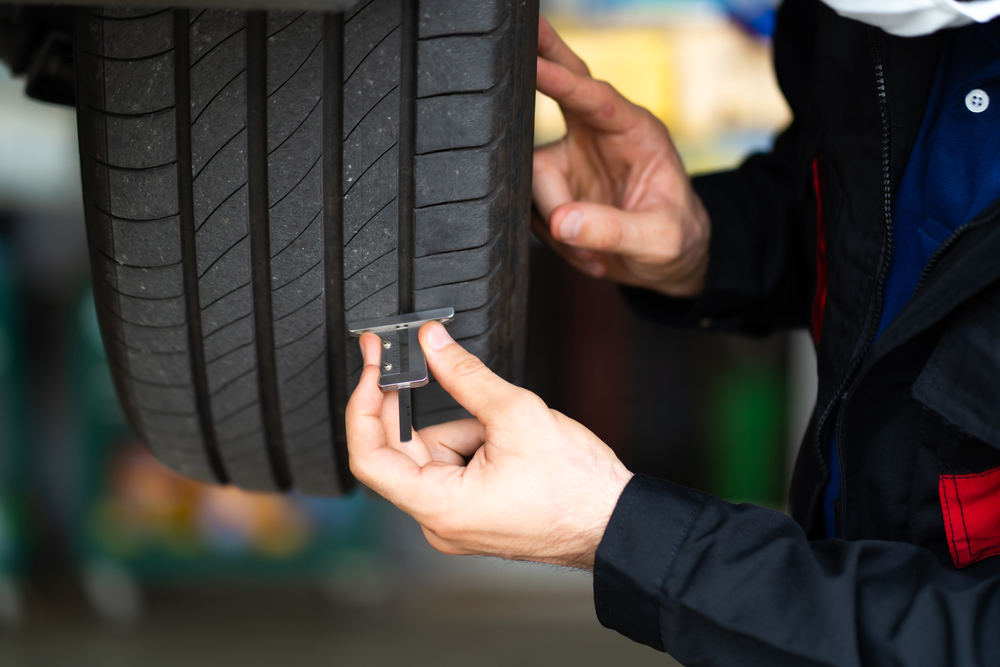
Tread depth is a key factor in a tire’s ability to grip the road, especially in wet conditions. Worn-out treads reduce traction and increase the risk of hydroplaning, where the tire loses contact with the road and glides on a layer of water. Drivers who neglect to regularly inspect their tire tread depth may not notice when their tires are too worn to safely handle poor weather conditions. Using a tread depth gauge or performing the penny test can help ensure tires have adequate tread for safe driving.
Using Mismatched Tires

Driving with mismatched tires – whether in terms of size, type, or tread pattern – can severely affect a vehicle’s balance, handling, and safety. Mismatched tires can cause uneven wear, unpredictable handling, and increased strain on the vehicle’s suspension and drivetrain. This imbalance can lead to instability, especially when driving at higher speeds or in adverse weather conditions, increasing the likelihood of accidents. Always ensure all tires are properly matched to maintain vehicle stability and safety.
Ignoring Tire Balancing
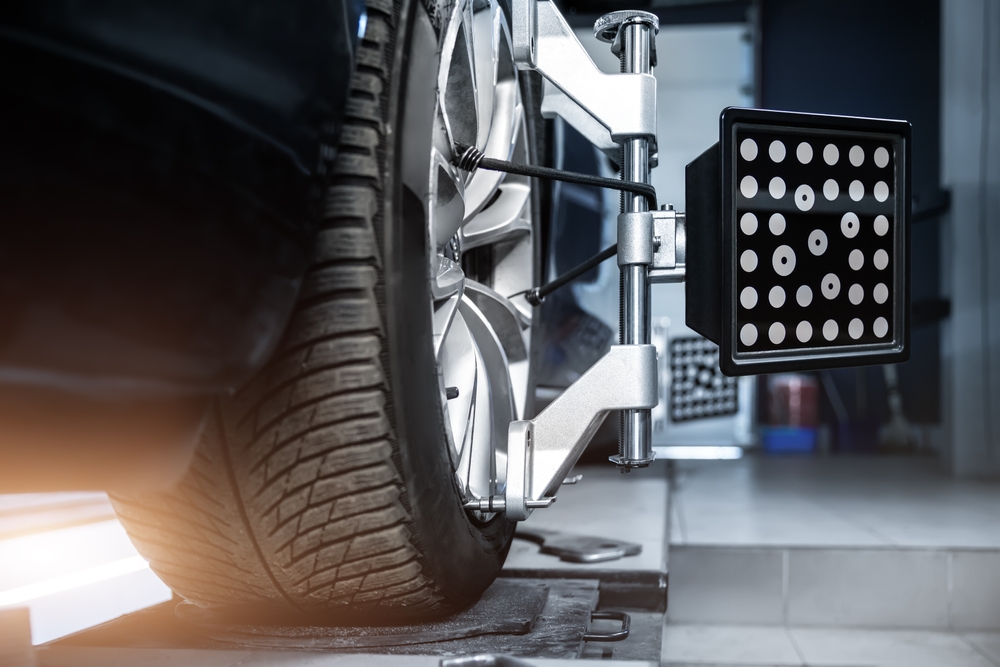
Unbalanced tires can cause vibrations in the steering wheel and uneven tire wear, which not only compromises comfort but also increases the risk of tire failure. When tires are not balanced, certain areas of the tire carry more weight than others, leading to premature wear and increased stress on suspension components. This imbalance also makes the vehicle more difficult to control, especially at higher speeds. Regular tire balancing helps ensure a smooth, stable ride and prolongs tire life.
Driving on Bald Tires
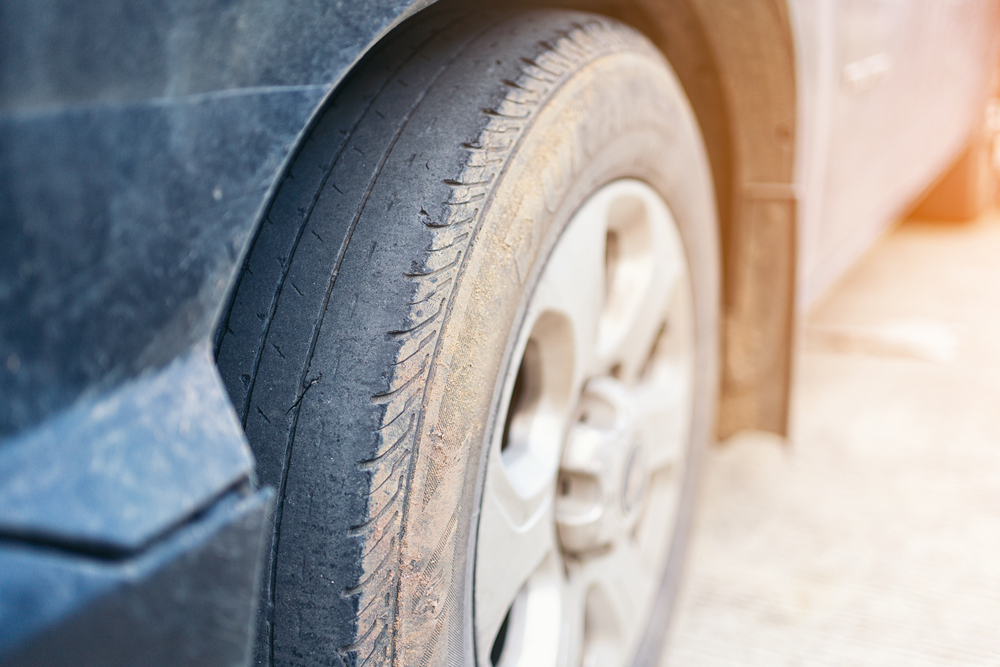
Bald tires, which have little to no tread left, are extremely dangerous, as they offer almost no traction, especially in wet or icy conditions. The lack of grip makes it difficult for drivers to stop or steer effectively, increasing the risk of skidding or hydroplaning. Additionally, bald tires are more prone to blowouts, particularly at high speeds, due to the thin rubber layer being more vulnerable to road hazards. Replacing tires before they become bald is crucial for maintaining control and avoiding accidents.
Neglecting Tire Pressure Checks
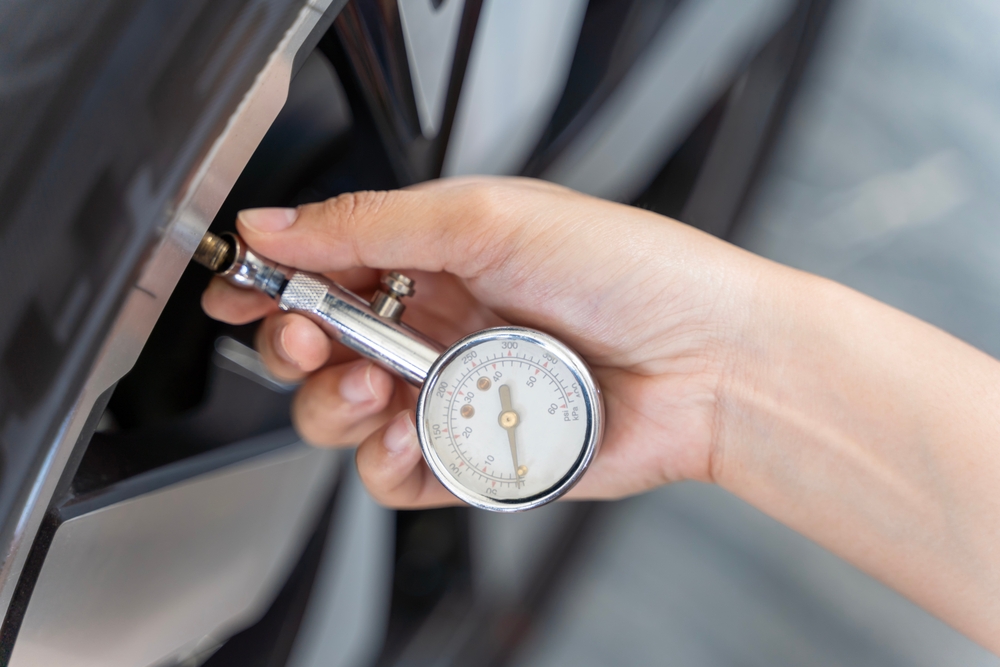
Tire pressure fluctuates with changes in temperature and driving conditions, so neglecting regular tire pressure checks can lead to dangerous situations. Underinflated tires generate more heat due to increased friction, which can cause blowouts, while overinflated tires are more susceptible to punctures. Both conditions negatively affect the vehicle’s handling and braking performance, especially during emergencies. Frequent tire pressure checks help ensure your tires are operating at optimal levels for safe driving.
This article originally appeared on MyCarMakesNoise.
More from MyCarMakesNoise
18 Rare SUVs That Command High Prices at Auctions

In the world of automotive auctions, certain SUVs have become highly sought after, commanding impressive prices due to their rarity, unique features, and storied histories. From rugged off-roaders to luxurious powerhouses, these vehicles are prized by collectors and enthusiasts alike. Read More.
20 Beloved Pickup Trucks That Built America

Pickup trucks have been a backbone of American culture, serving as reliable workhorses, symbols of freedom, and trusted companions on countless journeys. From farms and job sites to highways and backroads, these vehicles have helped shape the nation. Read More.
20 Car Models Automakers Tried to Bury in the Past

Not all car models achieve success; some are quickly forgotten by the public and even by the manufacturers themselves. These obscure models often represent missteps in design, performance, or market strategy. Read More.














